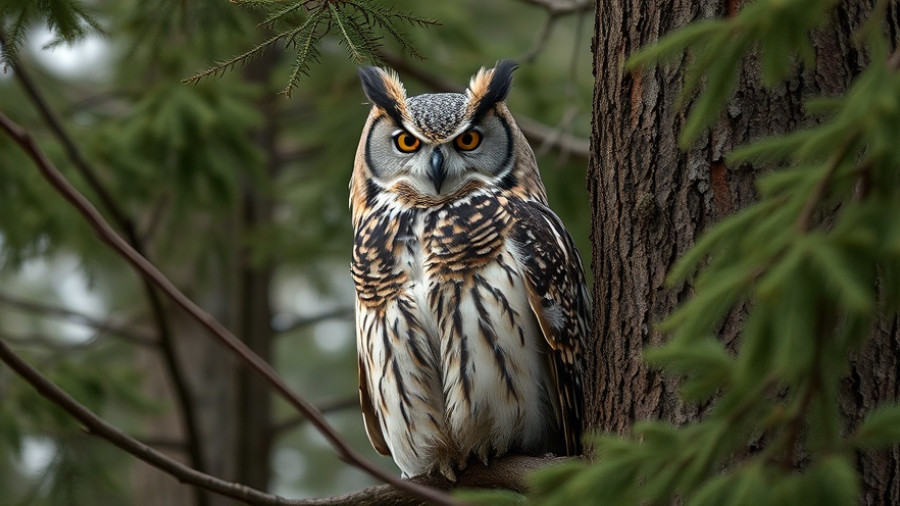
Discover the Artful Landings of Backyard Birds
Watching birds in your backyard can be an enchanting experience, but the way they dart in and out at feeders often goes unnoticed. Thanks to the high-speed filming techniques employed by wildlife filmmakers Tim and Russell Laman, we now have an unprecedented view of the delicate landing maneuvers of two common species: chickadees and titmice. Their new series, Backyard Birds Revealed, showcases these incredible birds as they perform aerial acrobatics that are hard to appreciate at regular speed.
Unveiling Flight Skills with Slow Motion Technology
Using a camera that captures 1,000 frames per second, the Lamans reveal intricate details that occur during the landing process. In their videos, chickadees and titmice exhibit extraordinary agility, turning their bodies vertically mid-air and utilizing their tails as effective brakes to halt precisely at the feeder. This unique perspective allows viewers to appreciate even the subtle turbulence created by their wings—something that's nearly invisible at full speed.
The Dance of the Chickadees
Chickadees are known for their quick movements, but in slow motion, they display a choreographed finesse. As they approach the feeder, they create a flurry of motion that is both captivating and complex. Each landing is a delicate balance of speed and control, offering a short-lived view of their acrobatic skills. Observing these moments makes watching your back porch feeders a much more engaging experience.
Contrasting Techniques of Different Species
The comparison between the agile chickadees and the larger Mourning Doves highlights the diversity in landing strategies among bird species. While chickadees exhibit rapid, agile landings, Mourning Doves approach with a more stoic descent, akin to a helicopter landing vertically. This contrast in styles emphasizes how environmental adaptations shape behavior among species.
Take Action: Enhance Your Birdwatching Experience
For bird enthusiasts, gaining access to such slow-motion insights offers a deeper understanding of avian dynamics. Pairing this knowledge with quality feeders from stores like Wild Birds Unlimited can transform your backyard into a thriving birdwatchers' haven. Invest in a good feeder and quality seeds to attract various species, and you might soon find yourself captivated by their performances every day.
If you're eager to explore more about the hidden lives of these aerial acrobats, watch the full episodes of Backyard Birds Revealed on the Cornell Lab’s YouTube channel. Not only does it offer remarkable footage but also enriches your understanding of the birds you see regularly.
 Add Row
Add Row  Add
Add 




Write A Comment